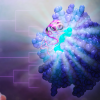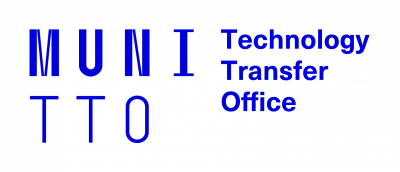Coelenterazine-Utilizing Luciferase Reporters with Extremely Stable Glow-Type Bioluminescent Signal
Technology description
| The name of the technology: | Coelenterazine-Utilizing Luciferase Reporters with Extremely Stable Glow-Type Bioluminescent Signal |
|---|---|
| Challenge: |
Luminescence reporters are useful and popular tools in research and biotechnologies, allowing easy-to-use, rapid, safe, and sensitive monitoring of biological, biochemical, and chemical processes by measuring an optical signal. The luminescence process is initiated by the excitation of luminescent molecules to a high-energy state. Return to the ground state with lower energy is accompanied by the release of a photon, observable as light emission. Bioluminescence is a fascinating phenomenon involving the emission of light by a living creature. There is enormous interest in harnessing bioluminescent systems to design ultrasensitive optical bioassays. Despite many advances and improvements in luciferases, two major limitations are preserved. I. the flash-type of the signal with a short half-life prevents prolonged signal collection and analyses. II. moderate substrate affinity does not allow analyses at lower substrate concentrations with the maintained level of the detected signal. |
| Description: |
The present invention relates to modified protein sequences of coelenterazine-utilizing Renilla-type luciferases utilizing widely accessible, non-cytotoxic, and low-cost coelenterazine luciferin. These novel luciferases exhibit extremely stable glow-type light emission, high substrate affinity, low product inhibition factor, and modulated emission maximum. The luciferases are designed to provide ultrasensitive and stable bioluminescent signals in a wide range of laboratory applications and bioassay formats. Benefits: - extremely stable glow-type bioluminescent signal - high affinity towards luciferin substrate - low product inhibition - enhanced thermostability - high resistance to inactivation - high expressibility & solubility - no cytotoxicity - tunable light emission enabling multiplexing - highly compliant to crystalize & high diffraction quality. Applications: - wide range of biosensor and reporter applications and bioassay formats - in vitro and in vivo bioimaging applications - long-term bioimaging with stable bioluminescent signal - suitable for bioluminescence resonance energy transfer (BRET) technologies - codon-optimized gene reporters for both bacterial and mammalian expression - his-tagged luciferases enabling affinity purification & immunodetection - recombinantly-produced and purified luciferases ready for use. |
| Commercial opportunity: | The improved detection system is intended for all those who work with reporter asays for monitoring the expression of specific genes. |
| IP protection status: | PCT application filed. |
| Development status: |
Phase 2Corresponds with TRL 3 and TRL 4 Feasibility study. There is a realistic design of the technology and the initial tests in the laboratory are leading to the specification of the technology requirements and its capabilities.
|
| Partnering strategy: | Collaboration licensing |
| More information: |
The University is looking for a commercial partner who would develop the technology into a commercial product – as a kit for in vitro and in vivo bioimaging. The technology is also available for licensing. |
| Images: | |
| Categories: | Research Tools Chemistry Chemical and bioengineering |
| Owner of a technology: | Masarykova univerzita |

